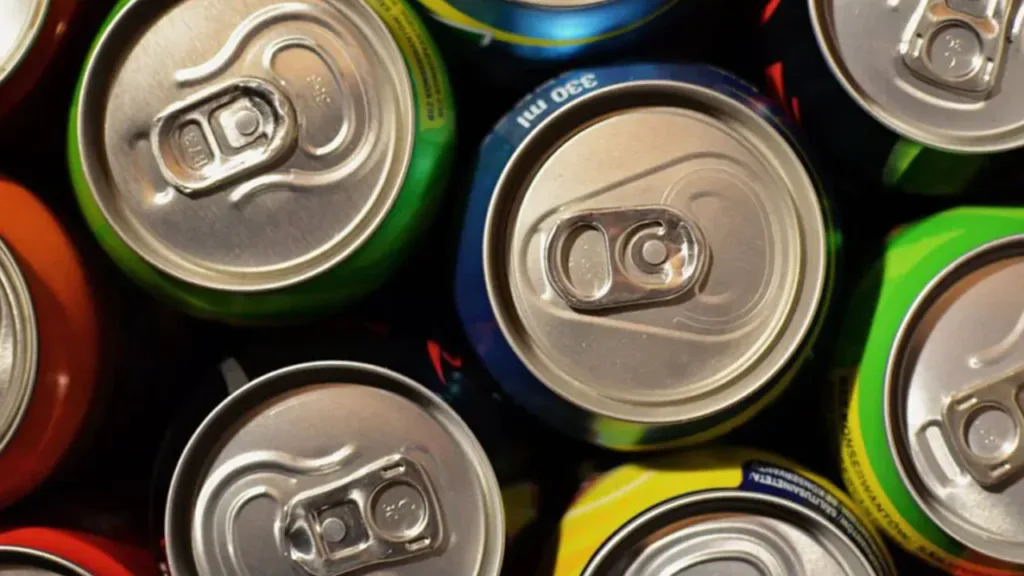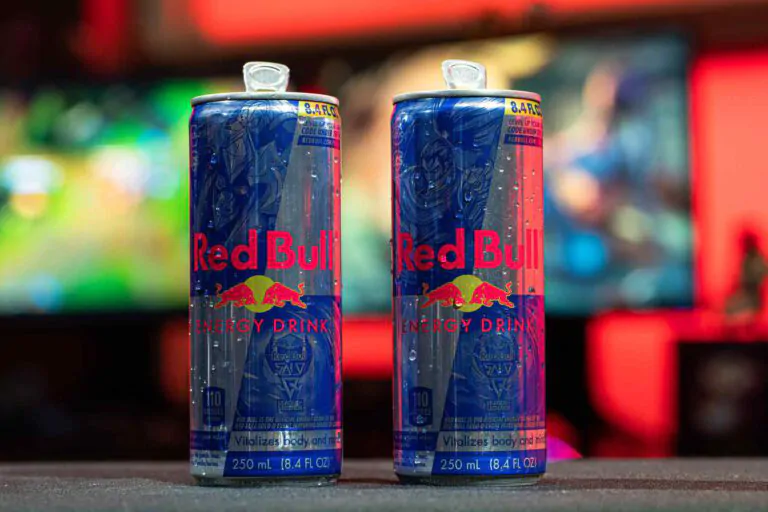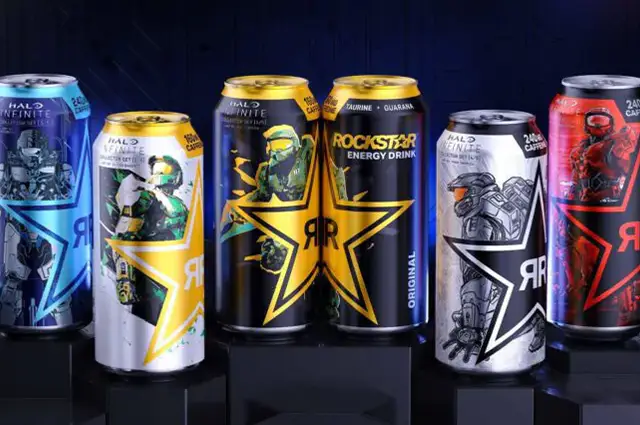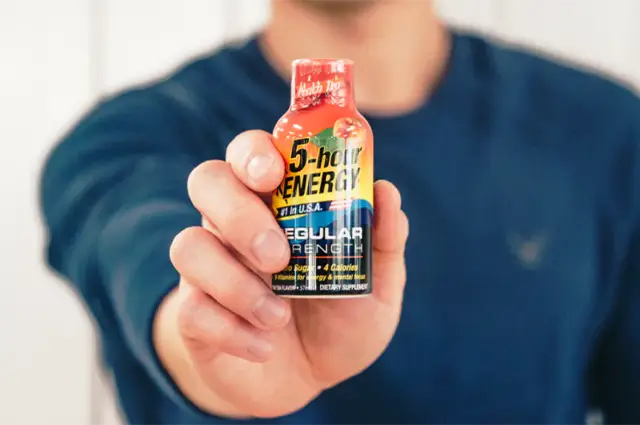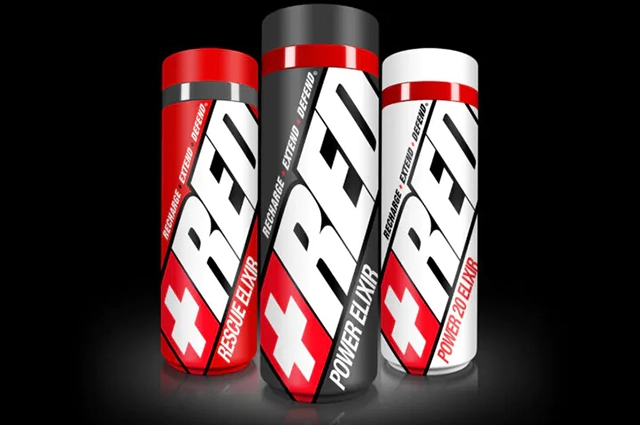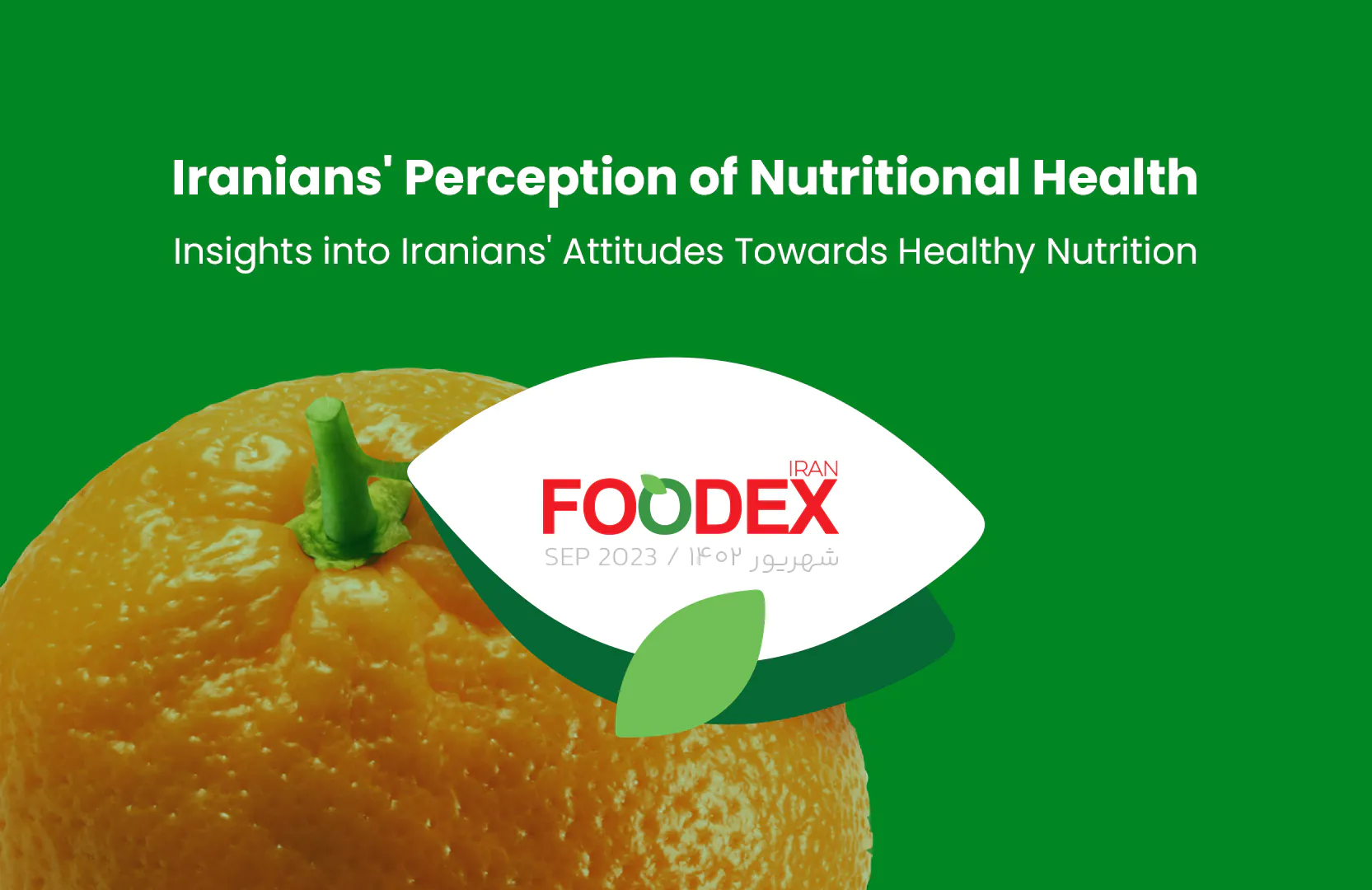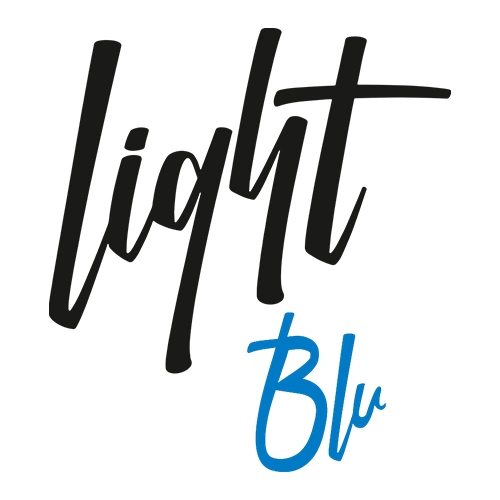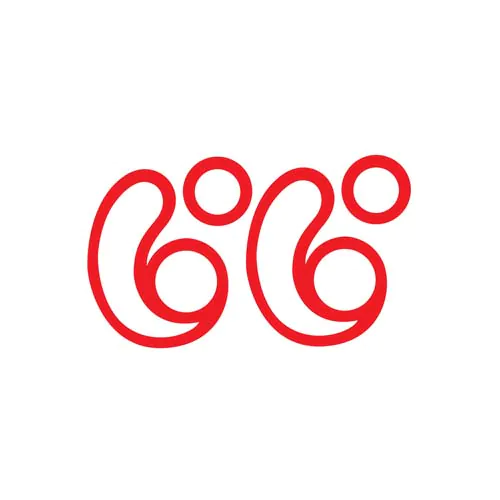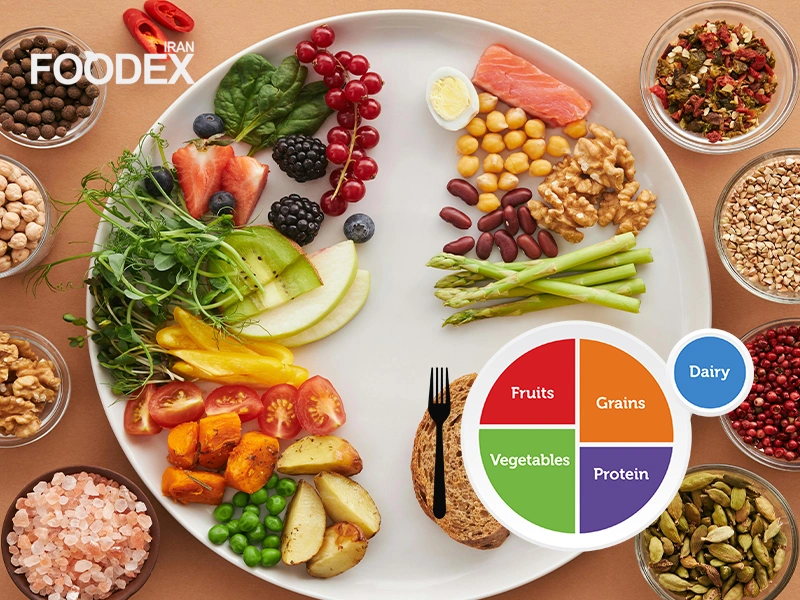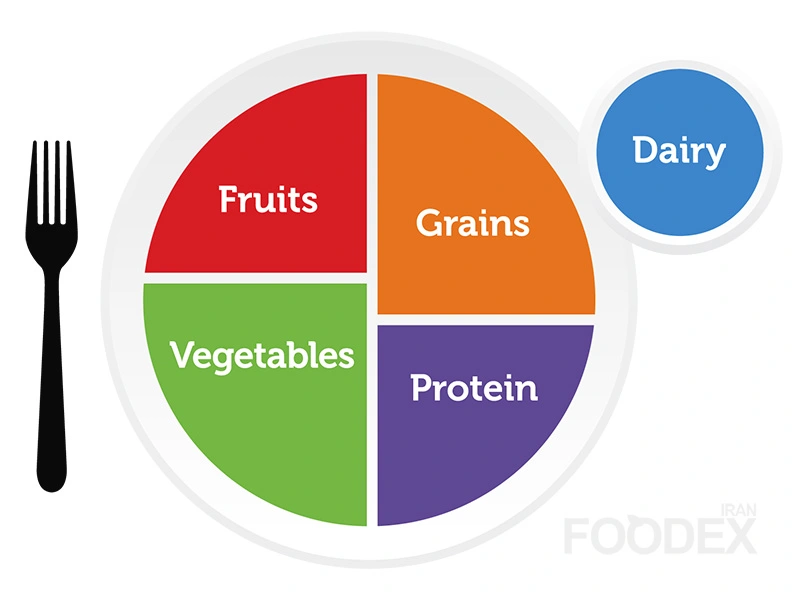We all sometimes need an extra boost of energy to get through our busy days. Consuming energy drinks can help increase alertness and combat fatigue. An energy drink can occasionally provide that spark of vitality that helps you continue your daily tasks with more vigor. It’s not surprising that these beverages are often considered fuel for energy.
Understanding the Popularity of Energy Drinks
Energy drinks are among the most popular beverages worldwide. Their consumption is widespread, and people of all ages use them. However, the primary audience for these products is teenagers, young adults, and athletes. Interestingly, global statistics indicate that approximately 66% of energy drink consumers are between 18 and 35 years old, with men constituting the majority.
According to market research, the global energy drink market is projected to reach $85 billion by 20251. This growth suggests that the consumption of energy drinks is becoming increasingly popular. As life moves at a faster pace and emphasis on fitness and an active lifestyle grows, people are seeking ways to boost their energy levels.
From industrial energy drinks like Red Bull to organic options, these beverages offer a quick energy boost. However, it is recommended not to consume these energy enhancers excessively, as overconsumption can lead to health issues.
What to Look for in an Energy Drink
When selecting an energy drink, consider the following factors
Caffeine Content: Caffeine is a central nervous system stimulant that can enhance alertness and concentration. Most energy drinks contain between 80 to 150 milligrams of caffeine per serving. The U.S. Food and Drug Administration (FDA) advises that healthy adults should limit caffeine intake to no more than 400 milligrams per day2. Excessive caffeine consumption can lead to insomnia, anxiety, rapid heartbeat, and other health issues.
Sugar Levels: Sugar is often a key ingredient in energy drinks, providing a quick source of energy and a sweet taste. However, high sugar intake is associated with weight gain, type 2 diabetes, and dental problems. Look for energy drinks with low or zero sugar content.
Other Ingredients: Many energy drinks include additional components like taurine, B vitamins, herbal extracts (such as ginseng, guarana, and ginkgo biloba), and amino acids. These ingredients may contribute to energy metabolism, cognitive function, and overall health. However, their effects can vary, and excessive intake may cause adverse reactions.
Artificial Additives: Be cautious of artificial colors, flavors, and preservatives, which may have negative health effects when consumed in large amounts.
Reputable Brands: Choose energy drinks from reputable manufacturers that adhere to safety standards and provide clear labeling of their ingredients and nutritional information.
Top Energy Drinks in the World
Choosing a healthy energy drink can be challenging given the multitude of options available. To help you make an informed decision, here are some of the best energy drinks that are considered healthier choices:
1- Red Bull Sugar-Free
Red Bull is the most popular energy drink globally. A 250 ml can of Red Bull Sugar-Free contains 80 milligrams of caffeine and zero grams of sugar, making it an excellent choice for boosting energy without added sugars. It’s a better alternative to the regular Red Bull, which contains the same amount of caffeine but 27 grams of sugar.
2- Monster Energy Zero Ultra
Monster Energy Zero Ultra offers a calorie-free and sugar-free option with a slightly higher caffeine content of 140 milligrams per 16-ounce (approximately 473 ml) can. While the caffeine level is higher, it remains within the moderate range for most adults when consumed responsibly.
3- Rockstar Energy Sugar-Free
Rockstar Energy Sugar-Free is designed for those with an active lifestyle, including professional athletes and musicians. It contains about 160 milligrams of caffeine per 16-ounce can and zero grams of sugar. The variety of flavors available makes it a popular choice.
4- 5-Hour Energy
5-Hour Energy shots are small, 2-ounce (approximately 59 ml) drinks that contain about 200 milligrams of caffeine and are sugar-free. They are convenient for those who need a quick and portable energy boost. However, due to the high caffeine content, they should be consumed cautiously.
5- Celsius Energy Drink
Celsius is marketed as a fitness drink that not only boosts energy but also claims to help burn body fat. It contains 200 milligrams of caffeine, zero sugar, and a blend of vitamins and herbal extracts like green tea and ginger. It’s a popular choice among fitness enthusiasts.
Energy Drinks Available in Your Region
In addition to international brands, many regions have local energy drinks that cater to consumer preferences. In various countries, brands like Hype, Happy Life, and Big Bear are available. These drinks often come in various sizes, with 250 ml being the most common.
When choosing an energy drink, always read the nutritional information on the label. Pay attention to the amounts of caffeine, sugar, calories, and other ingredients. Opting for drinks with lower sugar and caffeine content is generally better for your health.
Potential Benefits of Energy Drinks
Increased Alertness: Caffeine can enhance mental alertness and reduce fatigue.
Improved Physical Performance: Some studies suggest that energy drinks can improve endurance and concentration.
Convenience: Energy drinks are widely available and come in portable packaging.
Potential Risks and Side Effects
Cardiovascular Issues: Excessive consumption can lead to increased heart rate and blood pressure.
Insomnia and Anxiety: High caffeine intake may cause sleep disturbances and heightened anxiety.
Dependency: Regular use can lead to caffeine dependence and withdrawal symptoms.
Interactions with Medications: Some ingredients may interact with medications or have contraindications for certain health conditions.
Recommendations for Safe Consumption
Moderation is Key: Limit your intake to avoid exceeding recommended caffeine levels.
Avoid Mixing with Alcohol: Combining energy drinks with alcohol can mask the effects of intoxication and increase risky behaviors.
Consult Healthcare Providers: If you have underlying health conditions or are sensitive to caffeine, seek medical advice before consuming energy drinks.
Age Restrictions: Energy drinks are not recommended for children, pregnant or nursing women, and individuals sensitive to caffeine.
Final Thoughts
If you’re seeking an energy boost, the energy drinks mentioned can be suitable options when consumed responsibly. Remember that the healthiest energy drinks are those with low or zero sugar and moderate caffeine levels. Consider your health needs and preferences when selecting an energy drink.
Have you tried any of these energy drinks? Share your experiences and let others know which one you consider the best.
Frequently Asked Questions
What is the healthiest energy drink?
The healthiest energy drinks are those with low or zero sugar and moderate caffeine content. Options like Red Bull Sugar-Free, Monster Energy Zero Ultra, and Celsius are considered better choices due to their reduced sugar levels and added beneficial ingredients.
Are energy drinks bad for your health?
When consumed in moderation, energy drinks can be part of a balanced diet. However, excessive consumption can lead to health issues such as increased heart rate, high blood pressure, insomnia, and anxiety. It’s important to be mindful of the caffeine and sugar content.
What ingredients should I look for in an energy drink?
Look for energy drinks that contain moderate levels of caffeine, minimal sugar, and beneficial ingredients like B vitamins and amino acids such as taurine. Avoid drinks with excessive artificial additives and high sugar content.
Note: This article is intended for informational purposes only and should not be considered medical advice. Always consult a healthcare professional before making significant changes to your diet or consuming new products.
References
Grand View Research. (2020). Energy Drinks Market Size, Share & Trends Analysis Report By Product, By Type, By Distribution Channel, By Region, And Segment Forecasts, 2020 – 2027.
U.S. Food and Drug Administration. (2018). Spilling the Beans: How Much Caffeine is Too Much?

